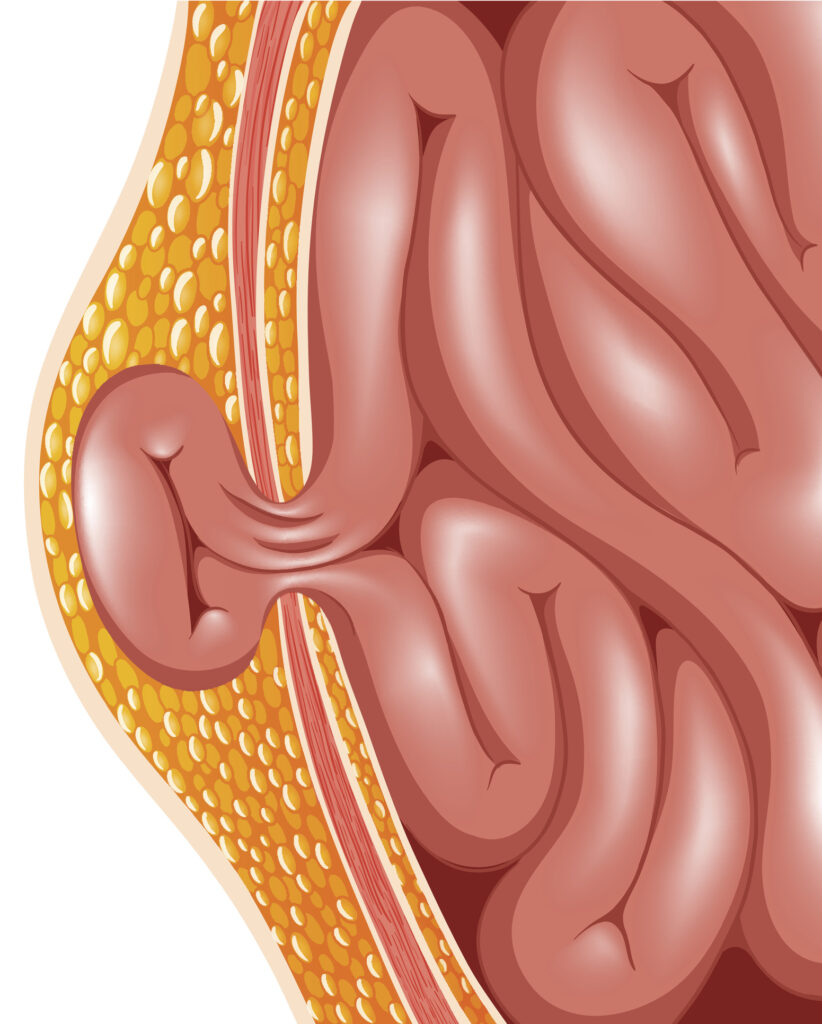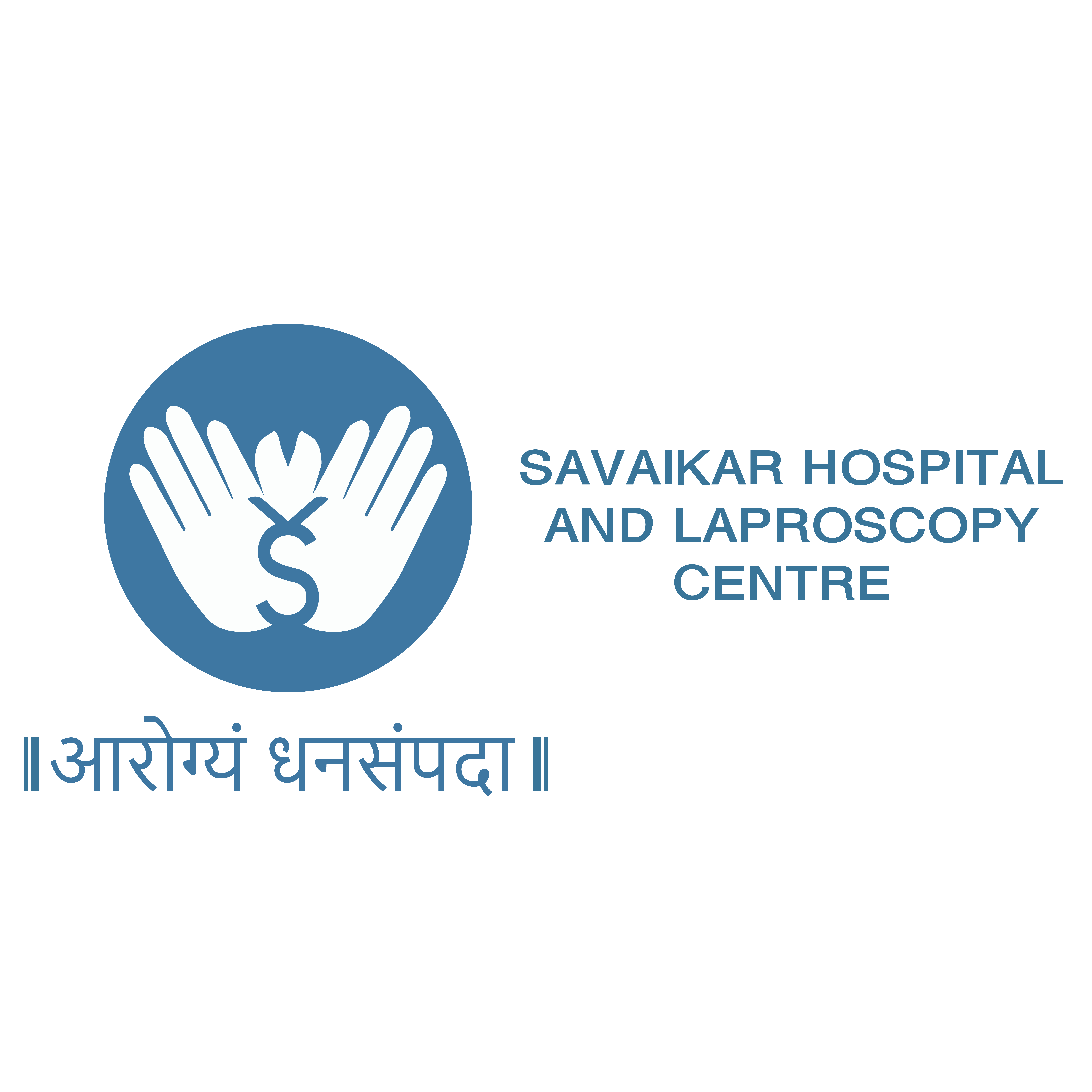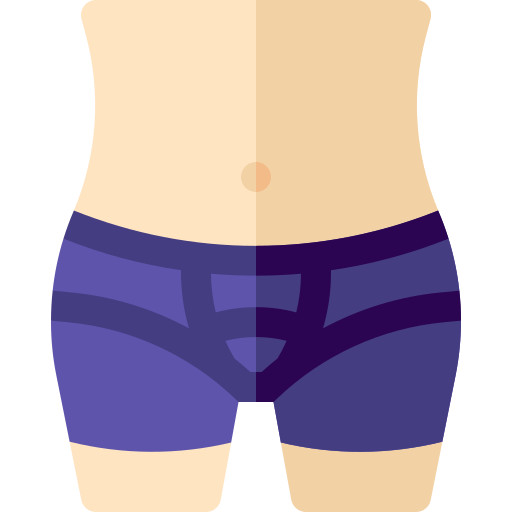
An Overview

What Symptoms Should I Watch Out For?

Probable treatment
A normal hernia can be treated easily by scheduling surgery with a general surgeon. Not to mention, our professional team of doctors with aggregate experience and acute guidance can help diagnose your problem and recommend possible treatments at affordable prices.

What Symptoms Should I Watch Out For?
Some of the signs and symptoms of an inguinal hernia include,
● Bulging near pelvic or groin areas. More prominent when the patient’s cough or strain
● Burning sensation or pain at the bulges
● Experience pain or discomfort when the patient bends, coughs or lifts something heavy
● Abdominal heaviness
● Pressure over the groin region

Inguinal Hernia
An Inguinal hernia is when a small part of the intestines protrudes through a weak spot of the abdominal muscles. These usually appear as a small bulge near the pelvic and groin regions.
There are two types of inguinal hernia,
Indirect inguinal hernia, this type of hernia is common and is usually identified as a by-birth condition.
Direct inguinal hernia, this type of hernia is the result of weak abdominal muscles and improper physical activities over time.
What Symptoms Should I Watch Out For?
Inguinal Hernia
Probable Treatments
Depending on the severity of the hernia, the patients undergo open repair or laparoscopic surgery. Symptom-less small hernial problems in adults don’t need any surgery as far it's regularly monitored. However, severe hernias with symptoms in adults and children should be treated immediately, especially if it's an incarcerated or strangulated hernia (doctors cannot push back these types of hernias into the abdomen)
Patients cannot prevent indirect inguinal hernias. However, the patients can prevent direct inguinal hernias by practising proper physical and medical well-being.
- Learn to lift heavy weight things properly
- Treat persistent cough that might strain the abdominal muscles
- Treating the enlarged prostate that might add stress to abdominal muscles during urination
- Avoid constipation and pressure during bowel movement
- Exercise and avoid being overweight.
At Savaikar Hospital, the experienced staff team ensures the patient receives the best care by using updated techniques and procedures. If patients experience any symptoms, treating them earlier avoids complications.
The doctor takes an incision on the abdominal muscles near the groin region during an open repair surgery. The contents are then pushed back into the intestinal region, the incision is then sutured. Sometimes the doctors use a synthetic mesh to hold the abdominal muscles if the opening is too large.
The doctor makes 2-3 small incisions, each about 5 mm in size, during the laparoscopic procedure instead of one large incision. A non-harming gas is injected to inflate the abdominal area to create space to operate the hernia.
The doctor later inserts a laparoscope, a thin tube-like camera device and other surgical instruments through these incisions. With the help of the images from the camera, the doctors repair the hernia.
Unlike open repair surgery, laparoscopic surgery is a minimally invasive procedure. Patients experience minimal pain and require a short hospital stay. They also have fewer scars and quicker recovery after the process. However, laparoscopy is difficult when the hernia is too big and doesn't support the laparoscopic procedures.
At Savaikar Hospital, we ensure the patients are safe and undergo proper surgical procedures. Patients get the best care and support with our experienced staff and high-tech equipment.
An Overview Incisional Hernia
Incisional Hernia
Probable Treatments
Surgical procedures are the only remedies for hernias; however, the size and severity of the hernia decide how early the patient should be operated on.
If the hernia doesn't show any symptoms or problems, it's advised to avoid surgery and take preventive measures. Doctors regularly monitor them for getting bigger. Operating a smaller hernia is a relatively easy procedure compared to the larger ones
When the hernias grow big, they can regulate physical activities and require immediate surgery. There are two ways to treat hernia, open repair and laparoscopy method.
- The doctor makes an incision above the hernias bulging during the surgical process. This incision doctor repairs a hernia by pushing all the protruded organs back into its place. The abdominal muscles are later strengthened using a mesh. The abdominal walls eventually absorb these meshes and provide the needed reinforcement.
The doctor makes 2-3 small incisions, each about 5 mm in size, during the laparoscopic procedure instead of one large incision. A non-harming gas is injected to inflate the abdominal area to create space to operate the hernia.
The doctor later inserts a laparoscope, a thin tube-like camera device and other surgical instruments through these incisions. With the help of the images from the camera, the doctors repair the hernia.
Unlike open repair surgery, laparoscopic surgery is a minimally invasive procedure. Patients experience minimal pain and require a short hospital stay. They also have fewer scars and quicker recovery after the process. However, laparoscopy is difficult when the hernia is too big and doesn't support the laparoscopic procedures.
At Savaikar Hospital, we ensure the patients are safe and undergo proper surgical procedures. Patients get the best care and support with our experienced staff and high-tech equipment.
